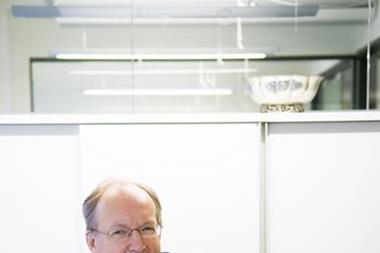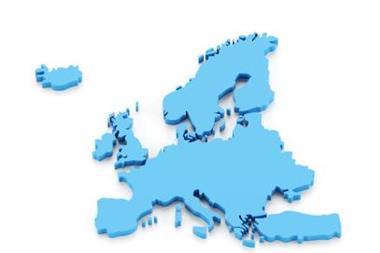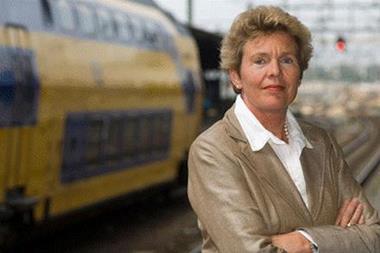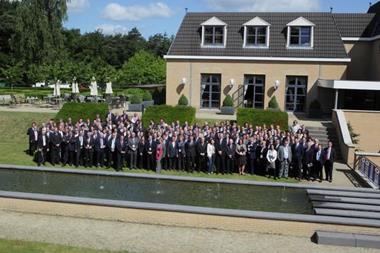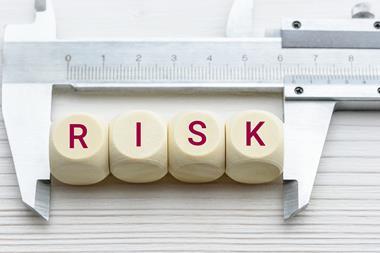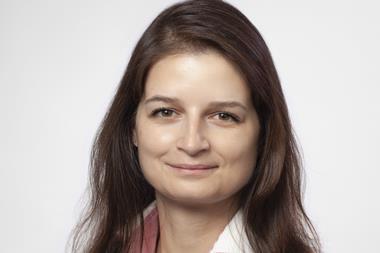Two dutch risk management greats talk about what has changed in risk management over their lifetimes
Hans, what are you most proud of in your time as chairman?
Hans: Going back to the beginning, in 1992 we started a special interest group for construction. The idea was to get together and talk about the market, the premiums, wordings, performance of brokers, insurers, loss adjusters, and the projects that we were working on together. At that time we also started two other risk and insurance groups, AOG and the Netherlands Risk and Insurance Managers Group. These groups were made up of 17 risk and insurance managers, with only one company from each sector. The goal and the strength of the group was its benchmarking. It was very helpful, because at the end of the year when we went into the market to renew the programmes, we had a lot of information. Those two groups founded NARIM in 1997 and were the backbone of the organisation. They still exist separately and meet each other six times a year.
Since then the organisation has grown. At the first meeting we had around 90 people. Over the last 12 years we have grown to about 150. During that time we expanded the special interest groups; we have seven now, and we have held a lot of round tables. We are a counterpart to the brokers and insures, but also to the government. If something is happening in Holland then we are in a position to lobby.
In your time as chairman how has the risk manager's role changed within Dutch organisations?
Hans: It has increasingly moved towards risk management. We have 150 members; 25 of them are professional risk managers, 50 risk and insurance managers and 50% or more are the traditional insurance managers. What we have seen is that risk management is increasingly on the table of chief executives and in the board room, and that is important.
The question is, do risk and insurance managers have contact with the board? As a risk manager you have to raise your profile and personal skills. For me, as a contractor, I have to go to the people working on sites. I have to be there at 7.00am, discussing what is happening with the project manager. You have to travel to where the risk is; you have to smell the risk, and you can't smell the risk when you are on the 14th floor in Rotterdam.
A risk manager is a coordinator of the risk. What you need in every company is a risk management committee with a risk manager, a financial engineer, a technical guy, a legal guy and one member of the board. You have to put all the specialists together in one room and talk about a project. At the end of the day, the risk manager of the company is the CEO; he is responsible for the continuity of the company.
Within your own organisations what are some of the big issues?
Peter: We are a mechanical contractor maintaining process installations on big plants for big clients. We are traditionally a very risk aware company because we deal with very expensive installations and hazardous materials. The risk in our company is that people start doing a routine job and then they make a mistake. Very experienced mechanical engineers can make stupid mistakes because they are working very hard and there is pressure from the clients.
What we work towards is giving our blue collar workers the confidence to tell their bosses: 'What you are doing is not safe.' We have to be able to enable this without fear that they will be reprimanded for their behaviour. It should be a level playing field. The managers should set an example but they can also step outside the line. Our blue collar workers should know that they can tell the authorities without hesitation.
Hans: I have a database with every risk we have ever seen or heard about. When I go to a company in England or Holland, I always have that spreadsheet with me. I don't give it to my colleagues, because it's important that they investigate for themselves. I think that is the only way to have risk management in your company, because when I'm writing a procedure and send it to a company, they turn around and say: 'OK that's a procedure from Rotterdam but did he smell the risk on my project?'
The other thing is that people have to pay for risk management advice, and if they don't think anything will happen to them they don't want to pay for it. It's a problem, but when you communicate within your organisation then people see all the advantages and how it could be very helpful.
Peter, what are some of the key issues currently facing the Dutch risk management community?
“As a risk manager you have to raise your profile and personal skills
Peter: One of the most important issues today is claims management. We all suffer from the quality and the speed of settling claims. It is a market problem that we all have to solve. We, as clients, are also to blame.
The clients can improve their own internal communication to speed up the process. Managing expectations in the claim is very important. Let us try and get an idea of whether we have a covered or disputable event as early as possible in the process, so we can report to our board and our operating companies on the specifics of the claim and manage their expectations. We need clarity from the start of the process so that everyone knows what to expect and when to expect it.
We all need to work better together to get a process in place. It's a difficult area because you have bulk and repetitive claims. Buyers want a process in place that doesn't make a distinction between insured and uninsured claims. In some cases the insured starts out with an indication that a claim was not in excess of the deductible and finds out later that it was. There should be no difference in handling claims whether they are big or small. We explored this at the NARIM conference.
What are your objectives as chairman?
Peter: One of my main objectives as chairman is the special interest groups. These were a very good initiative on the part of the former chairman. But some of them have died away. I would like to focus on particular issues in the market, like claims management. We had a very active workshop at NARIM but I'm afraid when we leave and go back to our jobs then it will all die down. What I would like to do – with the people from that claims management session – is to pick up the subject and create a special interest group, with the service providers, the brokers, insurers, loss adjusters, to work out a solution.
Another issue is that we are in the middle of the implementation of the Environmental Liability Directive (ELD). We need to think about its impact. This is something I think we should talk about in a special interest group. Some companies are ahead of the pack. Can we help each other? After all, the principle of NARIM is to share knowledge.
In practice it all comes down to individual companies that need to come up with ELD procedures. Our environmental manager is more or less waiting for the directive and then he will react. I hope I can assist him to be proactive and review our reporting, preventative maintenance, waste handling, and have procedures in place.
In organisations like yours which are not especially consumer facing, is there less incentive to be concerned about environmental issues?
Peter: It's certainly not just a consumer driven thing. Environmental responsibility is very important for us. Not only as a company, as a brand, but also important for our employees. It starts there. We need to ensure that we have a safe environment for them, and along with that you make sure your plant is green, or as green as you can get it. It's not a fashion statement, it’s responsible behaviour.
How does risk management work for you within your organisations?
Hans: For the last 10 years in my company we have been having risk awareness training every two months. I do that together with a legal colleague. We start with a discussion of their private risks, we put all of those risks on a piece of paper and say 'Is that insurable or uninsurable?'. There are a lot of uninsurable risks – if you are stuck in a traffic jam it is a risk, but you could leave one hour earlier to mitigate it. The risk is there, but are you aware of it? and what are you doing about it?
When we are left with the insurable risks, we ask, 'How do you deal with that in a private situation? Do you insure that risk?' And people start thinking about managing their own risks. Then we have a discussion and I tell them about types of insurance. After that we go from private risk to their situation within our company. We ask what risks are you facing everyday? If it's uninsurable then we have to think about how to take preventative measures. If it is insurable, then I ask the people in the room how our company insures that risk. I'm not telling them that we have policies or procedures in place. I want to hear it from them.
Peter: A key approach for our company is project risk management. We are a project related business. When we bid on a tender we are already managing the risk. If we think that the quality of the project managers on site are not in line with the risk we say no to a bid. That's very tough for the sales guys. We learnt our lessons in the old days. It doesn't stop with the bidding phase, it is an ongoing thing. If we do not plan correctly it will have an impact on our client's bottom line immediately.





